With its central location, its excellent labor market, its wide talent pool of specialized staff, its culture of digital innovation merged with its exceptional digital facilities, the short lines of communication, and its open business culture, the TopDutch region is the gateway to Europe and beyond. This goes for industrial enterprises that make the most of the room for growth and strong labor market here, and also e-commerce firms that can achieve a speed and agility of service here. Three decision-makers from three different industries explain how they have profited from establishing themselves in the TopDutch region.
Ausnutria
After the United States, the Netherlands is the largest agricultural producer in the world. As a result of this, many Dutch food brands are held in high esteem across the globe. One of these brands is Ausnutria. The producer of high-quality infant formula from goat and cow’s milk is listed on the Hong Kong stock exchange, has branches and customers all around the world and produces from the TopDutch region. In 2020, Ausnutria will handle some 125 million liters of goat’s milk.
The company has warehouse space for 20,000 pallets in the TopDutch region. 60-100 containers filled with infant formula leave the Northern Netherlands per week. A substantial proportion of those containers are destined for China, where Ausnutria is best known for its own brand Kabrita. Kabrita focusses on the three stages after birth: 0-6 months, 6-12 months and 12 months plus; and have several sub-brands, the most famous of which are Yuebai and Youzhuang. Ausnutria exports to 70 different countries on every single continent.
Remco Zieleman, Director of Supply Chain at Ausnutria, explains the advantages of establishing in - and distributing from – the TopDutch region.
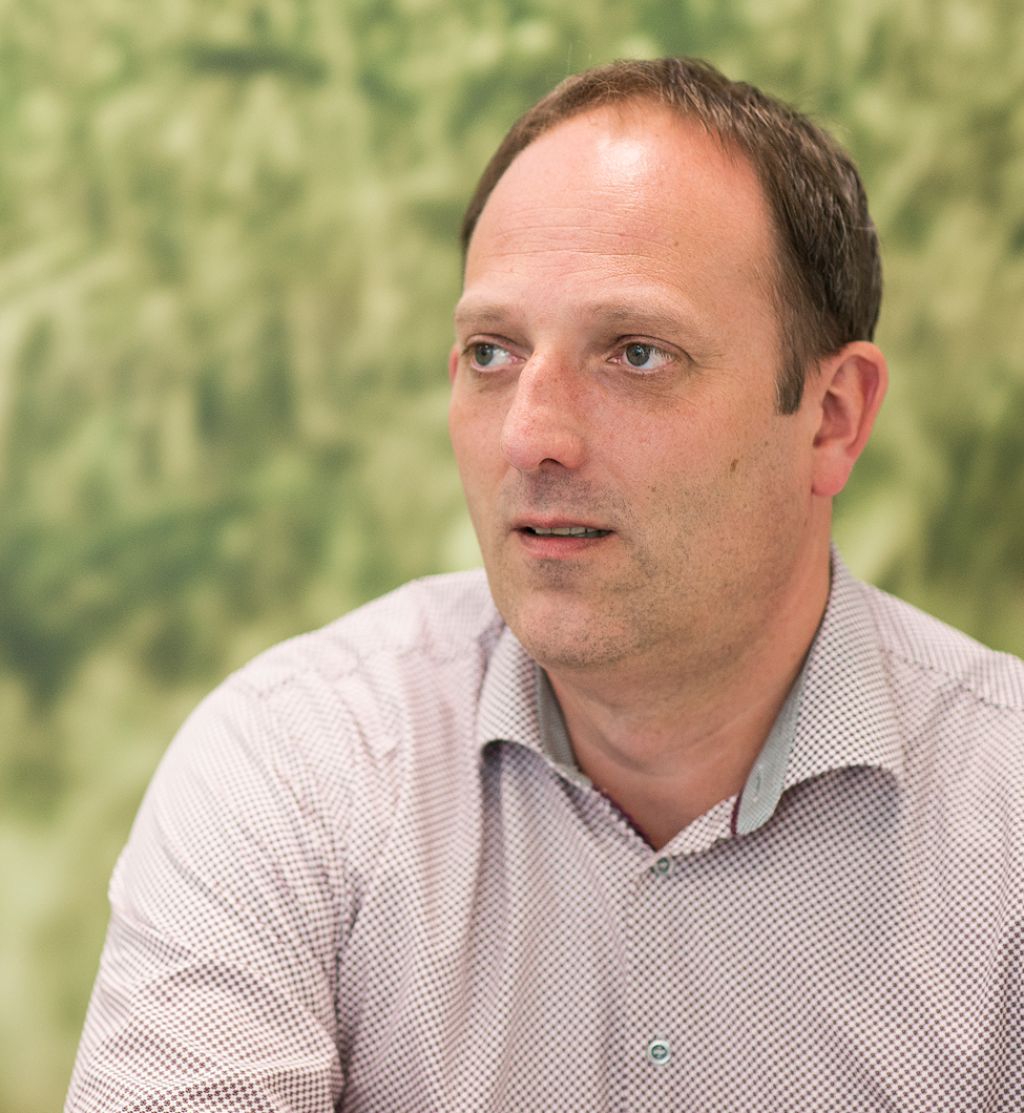
#1 . The central location
‘Although we have several branches across the world, we really feel like a Frisian company. Our location in the TopDutch region offers us excellent connections with the port of Rotterdam and the rail network to the Asian continent. We’re located on the A7 and A32 highways, with good connections with Rotterdam and Schiphol Airport. We transport many of our products by sea container, which means it reaches the final destination within 3 to 4 weeks. In 2 to 3 weeks we can transport to Asia by train. The ‘New Silk Road’ is great for us. It’s the middle ground between transporting by sea and the – much more expensive – air freight. We regularly ship whole trains with Ausnutria products to China on this route.’
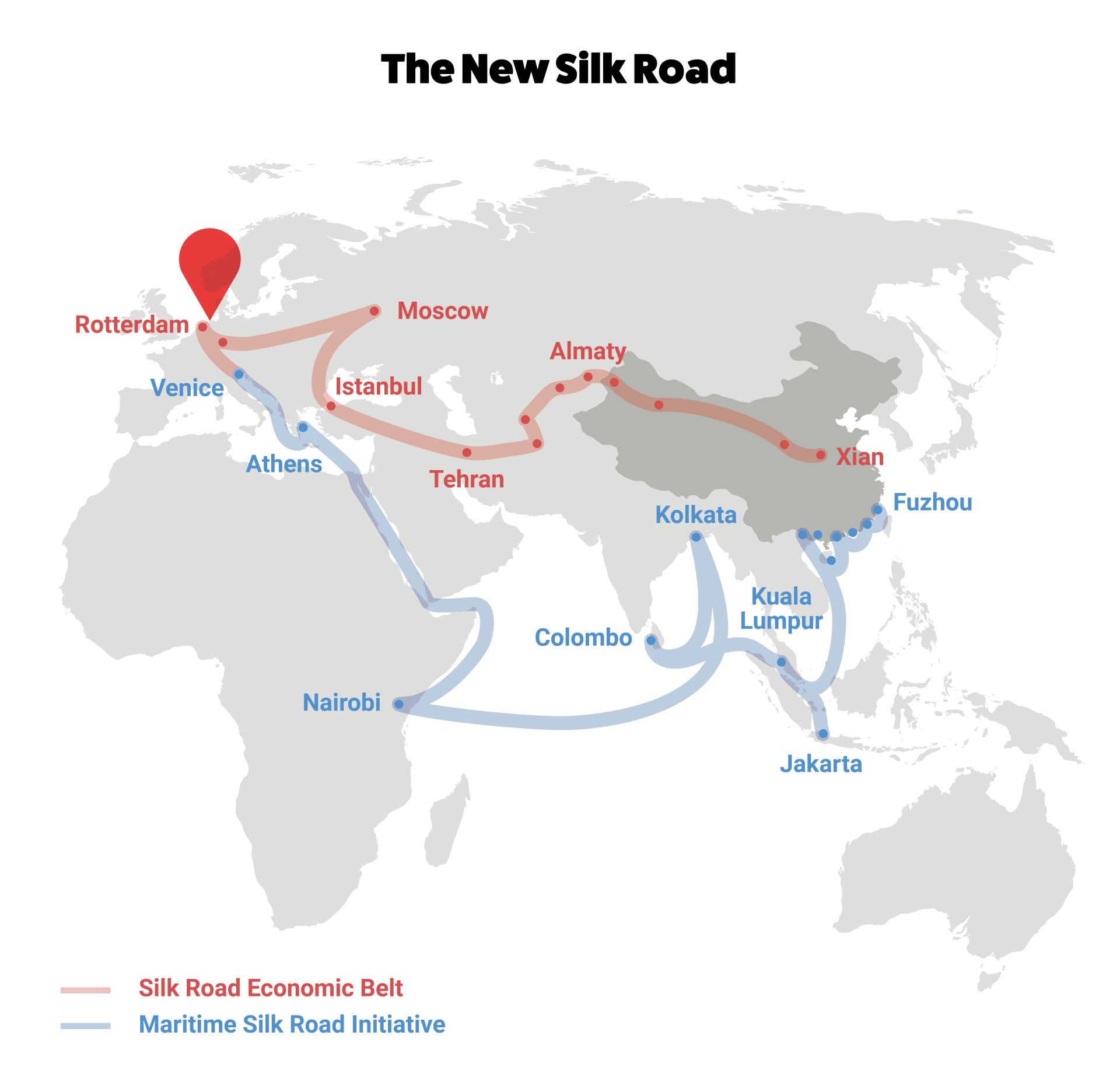
#2. The culture of cooperation
‘Although the Netherlands is one of the most densely populated countries in the world, it’s relatively easy to find free space in the TopDutch region. That’s good for us because we’re a growing company. To facilitate our growth, we not only need space for our own facilities but also the room for our external service providers and suppliers to expand with us. We’ve been working with some of our service providers for decades. Together with our business partners, we find the support of the municipal and provincial governments very useful.’
#3. Growth and expansion opportunities
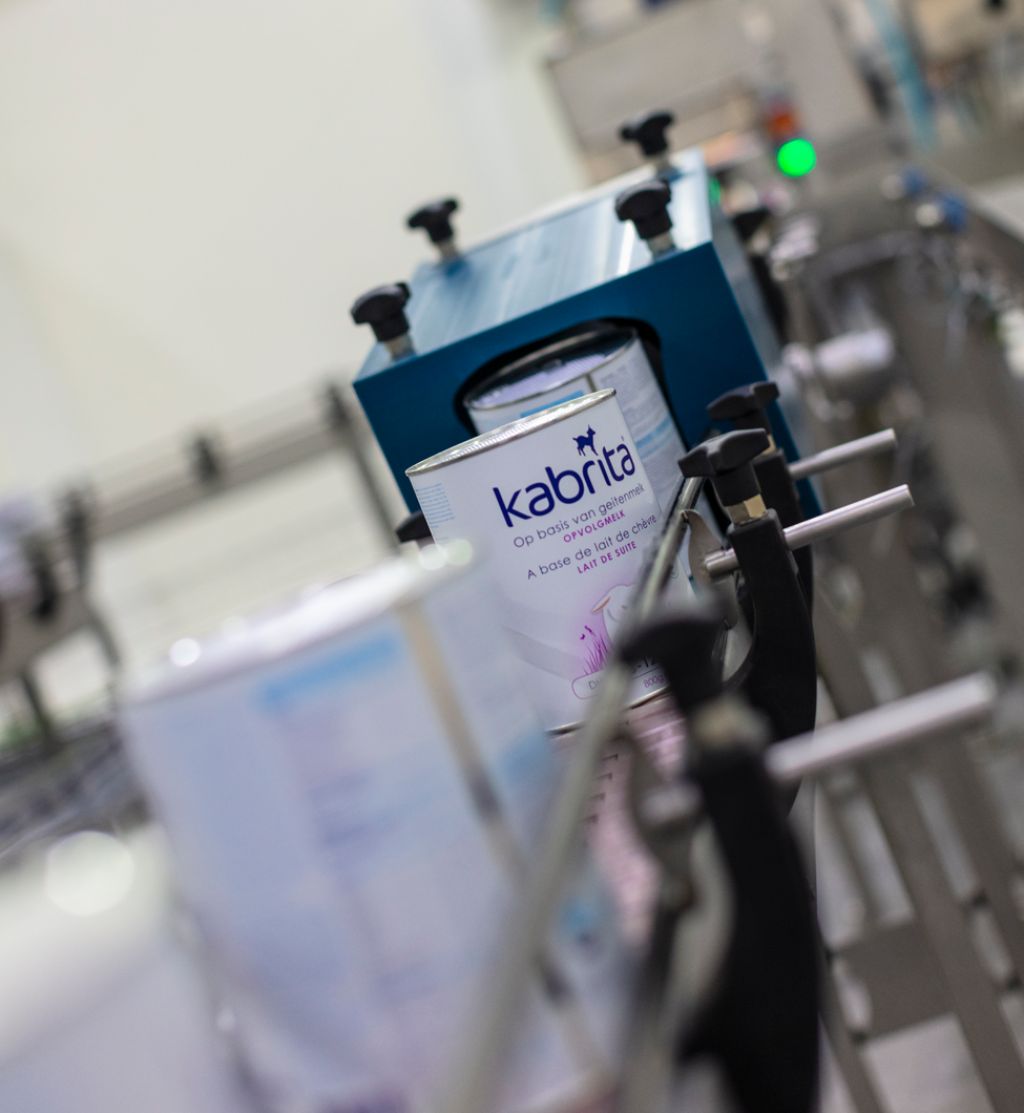
'The demand for trustworthy goat’s milk-based infant formula is rising. Especially in Asia, the demand for trustworthy milk powder has increased enormously. Not only in China; demand for our product is also up in South Korea.
'On the American continent, we’re also seeing more and more consumer interest. For the production of goat’s milk-based infant formula, drying towers are needed, where the milk can be turned into a powder. To the base powder we then add various vitamins and minerals – this is how the end product is created.
We produce our goat’s milk-based infant formula in-house, so we can guarantee the quality of the end product. As demand grows for Kabrita and our cow milk-based infant formula, then we have to increase our production capacity. That’s why we’re building a facility in Heerenveen, in the province of Friesland, with new drying towers, which will allow us to increase our capacity. There’s a lot of suitable space here for the expansion of existing branches and the construction of new branches.’
The Netherlands is an attractive knowledge economy in the field of logistics, food quality and high quality infant formula products.
Remco Zieleman, Director of Supply Chain at Ausnutria
#4. The presence of business partners
‘The latter also applies to our neighboring business partners, with whom we work intensively. We work strategically with many service providers, for example we use a transport and warehousing company who stores our products and ships them in containers. These service providers have also grown and expanded with us here in the TopDutch region. Together with the owners of our current can factory, we’re working on a joint can factory on our own site. Also, for our expansions we work with experienced construction companies, industrial equipment suppliers and good automation companies. Experts like this are abundant in the local ecosystem.’
#5. The availability of staff
‘Our growth means we need new employees every year. In 2019, Ausnutria hired 180 new employees, and the year before 100. The Netherlands is an attractive knowledge economy. In the field of logistics, food quality and high quality infant formula products, the Van Hall Larenstein University of Applied Sciences in Leeuwarden and the University of Groningen provide excellent training.
'Also the Netherlands is a very attractive country for expats to come and work in. In the TopDutch region specifically, the labor market for production, shipping and warehousing is somewhat better than in the rest of the country. Experienced workers can be recruited here, and their work ethic is also good. People in this region like working for a company like ours.’
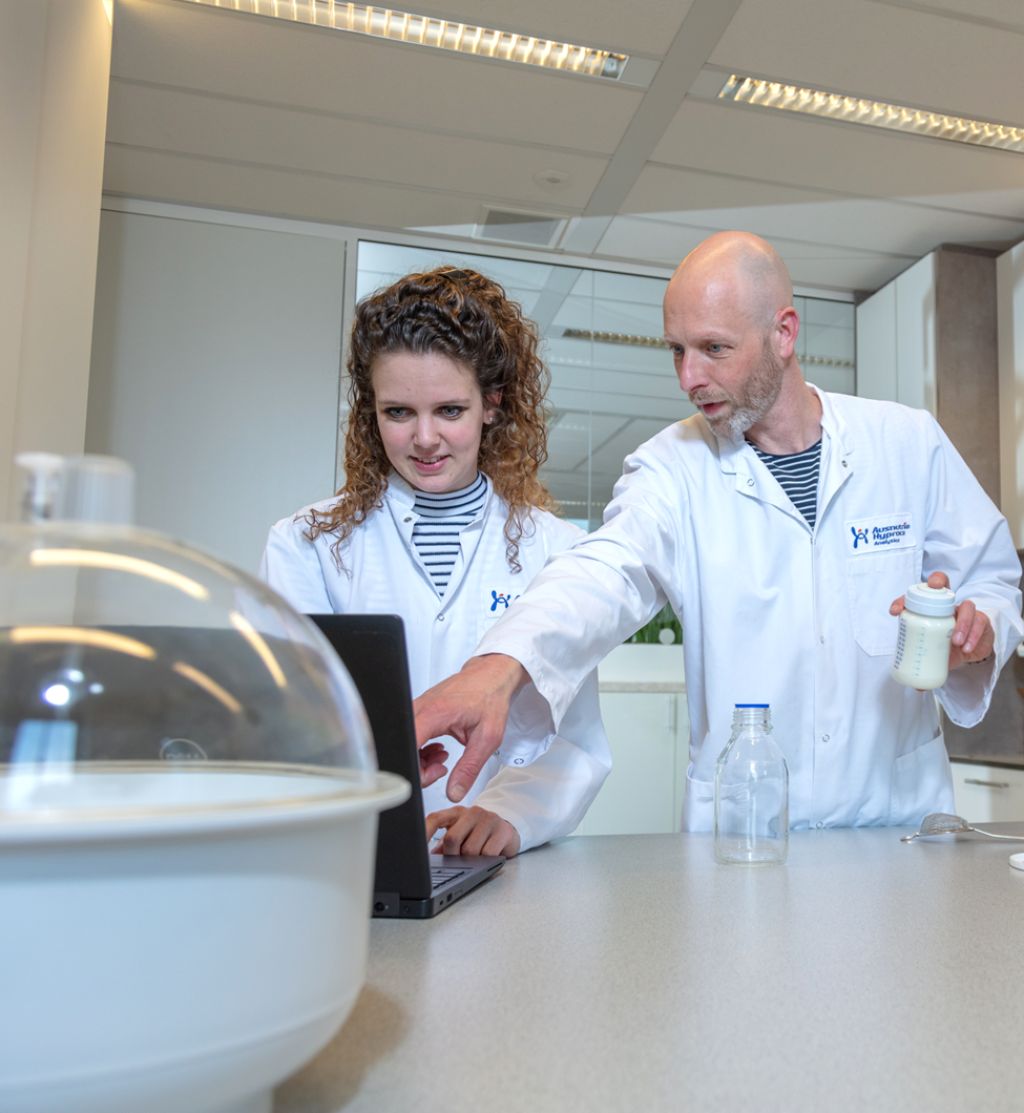
#6. The supply chain expertise
‘Our company is in transition. We’re integrating our supply chain: Our planners, warehouse experts and supply chain engineers now form one single supply chain team. These experts are easy to find in the TopDutch region. Several industrial groups have distribution centers in the region. Experts in internal logistics, with knowledge of efficiency and just-in-time production are valuable for the entire region.’
Oldenburger|Fritom
For a century, the logistics service provider Oldenburger|Fritom has been active in the TopDutch region. The company, which is part of the Fritom Logistics Solutions Group, has branches in the TopDutch towns of Emmen and Veendam, but also in Italy, Hungary and Schiphol Airport. For large international clients, the company provides logistics services, shipments, warehousing (pick & pack), e-commerce and value-added services. Additional services such as packaging, labelling, stamping, testing, quality control and the assembly of goods are also part of the family business’ range of services.
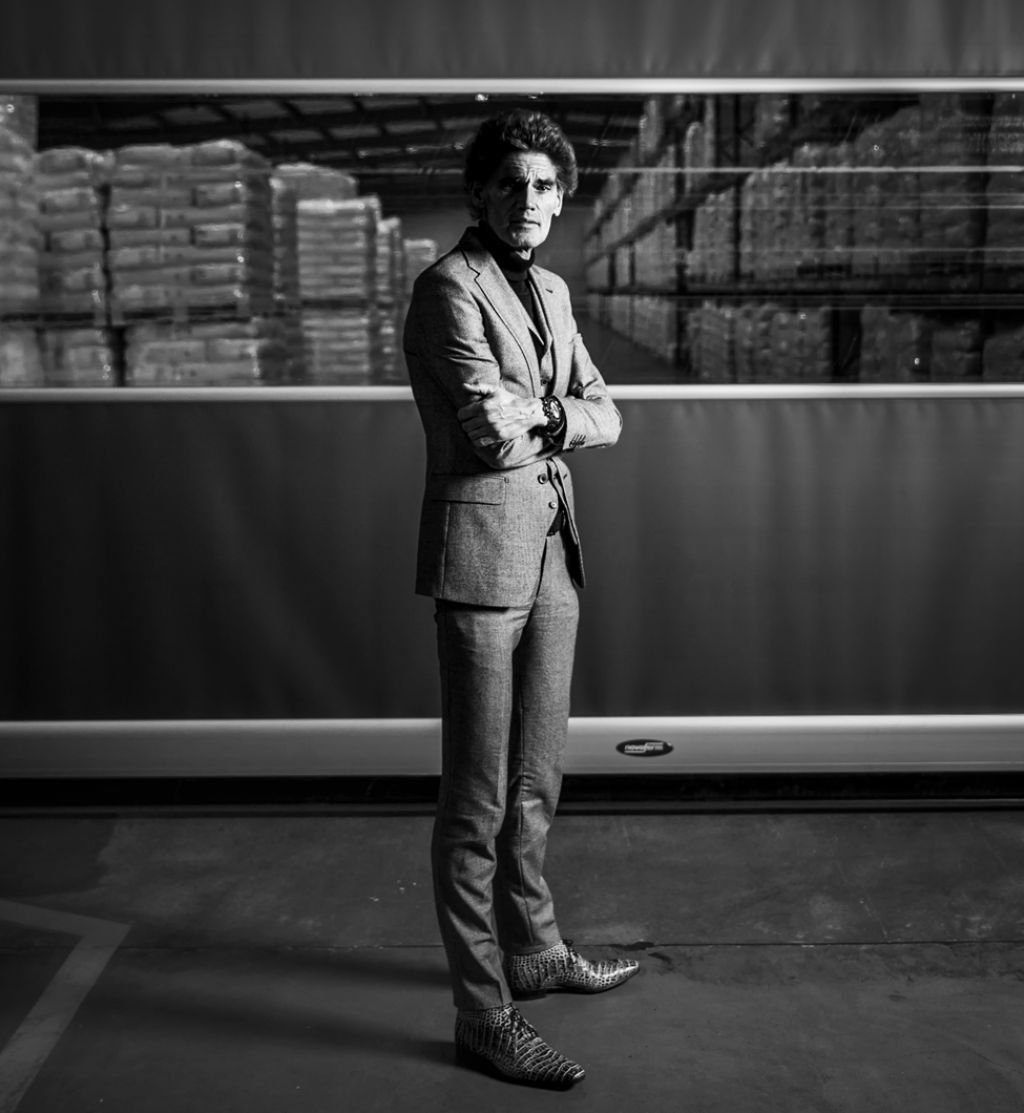
From out of their own warehouses, with 40,000 rack locations, the company handles 150,000 shipments annually – often last minute, with next-day arrival. The majority of shipments go across the border; often by road to neighboring Germany, but also increasingly by sea containers and air transport across the rest of the world. The company is well-equipped for this flexible shipping, which can be a necessary service for big, multinational industrial groups. The company specializes in digitally consolidating shipments, which means that fewer kilometers need to be traveled per shipment.
The branch in Veendam has expanded considerably in recent years in order to be able to process its growing number of clients, who are largely in high-tech and electronics. Automated guided vehicles (AGVs) drive around their newest warehouse, which has greatly increased the safety on the work floor. Oldenburger|Fritom’s turnover has increased almost fivefold in the past 15 years.
CEO René Dale of Oldenburger|Fritom explains the advantages of establishing in and distributing from the TopDutch region.
#1. The excellent educational institutions
‘More than half of our sales come from clients outside of the region. These clients require knowledge, quality and the necessary certifications. Here, there’s a lot of knowledge, and as a company we have direct access to it. I am a member of the advisory boards of the vocational colleges’ and universities of applied sciences’ logistics courses. We have a constant stream of students doing the rounds who are gaining work experience with an internship. More than half of them stay with us. The logistics expertise is the strength of the TopDutch region.’
#2. Strong connections to Europe’s major logistics hubs
‘Our company is located in the heart of Europe. Some of our largest clients, many of which are global companies, choose to do business with us because of our expertise and flexibility of service. Here in Veendam, we have a tightly secured Security Restricted Area, from where we can deliver goods last-minute for air transport. Because of this, such shipments don’t experience unnecessary delays at the airport. We can declare these goods safe here, instead of at Schiphol. We also do business with a large Scandinavian security technology company, which benefits from our central location between Scandinavia and Western Europe. It’s not surprising that many Scandinavian firms organize their distribution and logistics from the region. Scandinavians and the Dutch can also do good business together because they gel well culturally.’
#3. The expertise to construct fast, and to a high quality
‘Our newest distribution center in the most sustainable in Europe. The building has been nominated for the 2020 International BREEAM awards, with our record score of 97.27%. BREEAM is the internationally recognized certification for sustainable buildings, and consists of nine categories, ranging from energy, water and material use, to ecology and transport. Not only is the building energy efficient and water neutral, it was also built using sustainable land use and sustainable materials. Water consumption, air circulation and waste and transport flows have also been designed to be as sustainable as possible. The active role of the municipality helped to ensure the success in constructing the distribution center. The construction company, Remco Ruimtebouw, has done an excellent job. Specialist expertise is readily available in the Netherlands.’
Here in the TopDutch region, the expertise in digital innovation is well-present; which makes automated processing of shipments possible.
René Dale, CEO of Oldenburger|Fritom
#4. The opportunities for intensive cooperation
‘We’re a company that acts as logistics director for our business relations. Clients work with us because we’re able to provide a wide range of services. We enter into long-term relationships with our clients. We also set up facilities together with local customers and customize our locations. We like the business culture in this region very much.’
#5. The opportunities in e-commerce and robotization
‘We work for e-commerce clients that expect quick delivery from us. We must always be able to deliver tailor-made products at all times. As a result of the rise of e-commerce, an important part of the experience is the speed of delivery. We have the expertise to deliver a speedy service. To do this, we need flexibility in our organization and processes. Our warehouse system therefore is linked to the customer’s track & trace portal.
'Here in the TopDutch region, the expertise in digital innovation is well-present; which makes automated processing of shipments possible. The robotization of logistics, through the use of automated guided vehicles, is also underway here. In our smart factory in Emmen, we work for a lot of start-ups and scale-ups.’
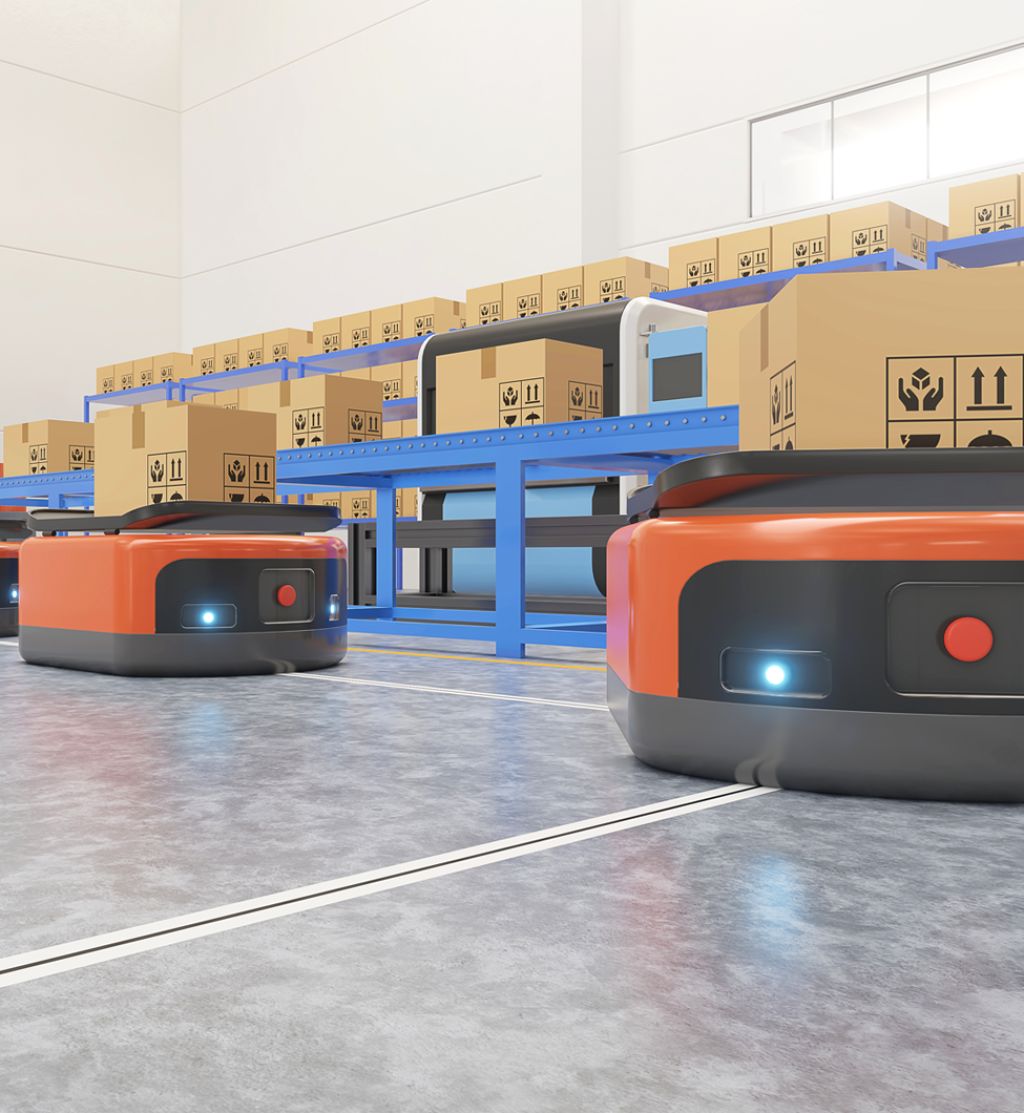
GKN Fokker Aerostructures
In Hoogeveen, in the TopDutch region, a production facility from the aerospace conglomerate GKN Aerospace is located. At the GKN Fokker Aerostructures site, one of the 51 locations of GKN Aerospace, aeronautical parts are produced – particularly structural parts of the plane such as parts of wings; fuselages; ailerons; all sorts of doors, such as those from which landing gear unfolds. All these lightweight parts must combine low weight with high strength and high dimensional accuracy. For GKN Fokker Aerostructures, innovating in additive manufacturing is an important aspect of their work. The company supplies all major Original Equipment Manufacturers (OEMs) and defense organizations. For GKN Aerospace, innovation in new production methods is an important investment for the future. The knowledge and innovation put into one product can be used to enable further developments for the next product.
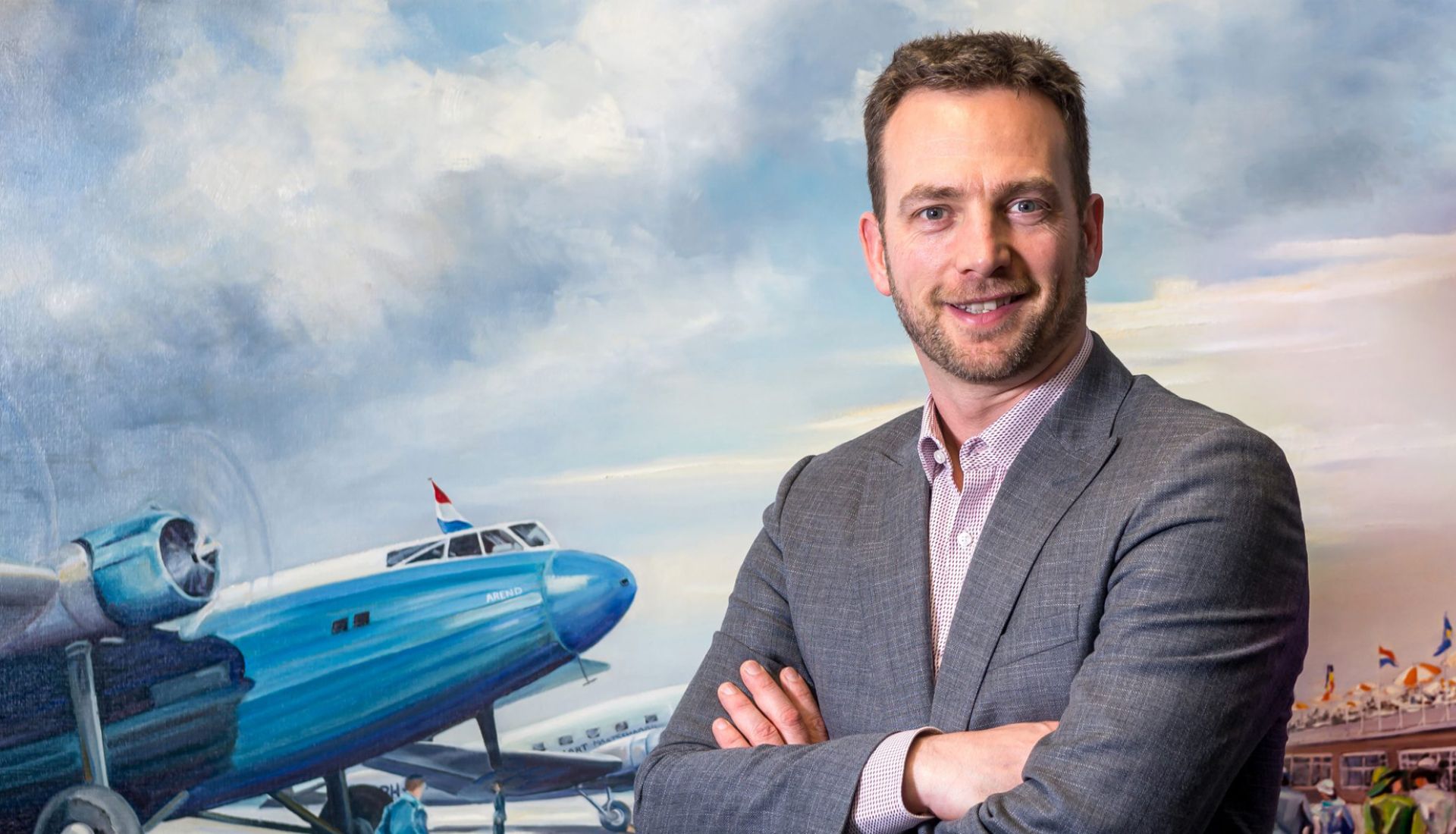
Their parts are transported by road and air to the final destination, all across the world. Because of the close proximity to major airports in Amsterdam and Bremen (Germany), this is easily possible from the TopDutch region. Although GKN Fokker no longer manufactures the aircraft itself, the brand is renowned worldwide as a quality name in the aviation industry.
Site director Mischa Baert of GKN Fokker Aerostructures in Hoogeveen explains the advantages of establishing in and distributing from the TopDutch region.
#1. An ideal location for a Global Technology Center
‘Here in Hoogeveen we’re opening our Global Technology Center (GTC) this year. In this R&D location of GKN Aerospace, innovative technological applications will be brought to the manufacturing phase. The GTC is one of GKN Aerospace’s four global R&D facilities, focused on the production of thermoplastic composites. This is an upgrade of our current R&D center for thermoplastics composites, in which we collaborate with the University of Groningen and the University of Twente. Every year, about 25 to 30 students from universities and universities of applied sciences work here in the fields of materials sciences, technical business administration, and medical engineering.’
#2. Excellently trained and available technical staff
'1,150 employees work in our location. Most of them are specialized workers, from all levels of education. Our business school is located next to the GTC. There, we work intensively with educational institutions, who provide students and interns. Via ‘professionally-supported learning paths’, young people go to college one day a week and four days a week complete an apprenticeship with us. Technical staff in the TopDutch region are very good at what they do.'
'As a person involved in the Dutch Tech Zone, I have some insight into the labor market for technically skilled personnel. The workers in this region are very experienced, which is due in part to the interesting manufacturing, technological and logistics companies in the region. The labor market of the TopDutch region is not only attractive because of the level of education and the can-do mentality of the inhabitants. The scarcity of talent is also less of a problem here than in the rest of the Netherlands. Even in times of great change, we’ve always been relatively good to our employees.’
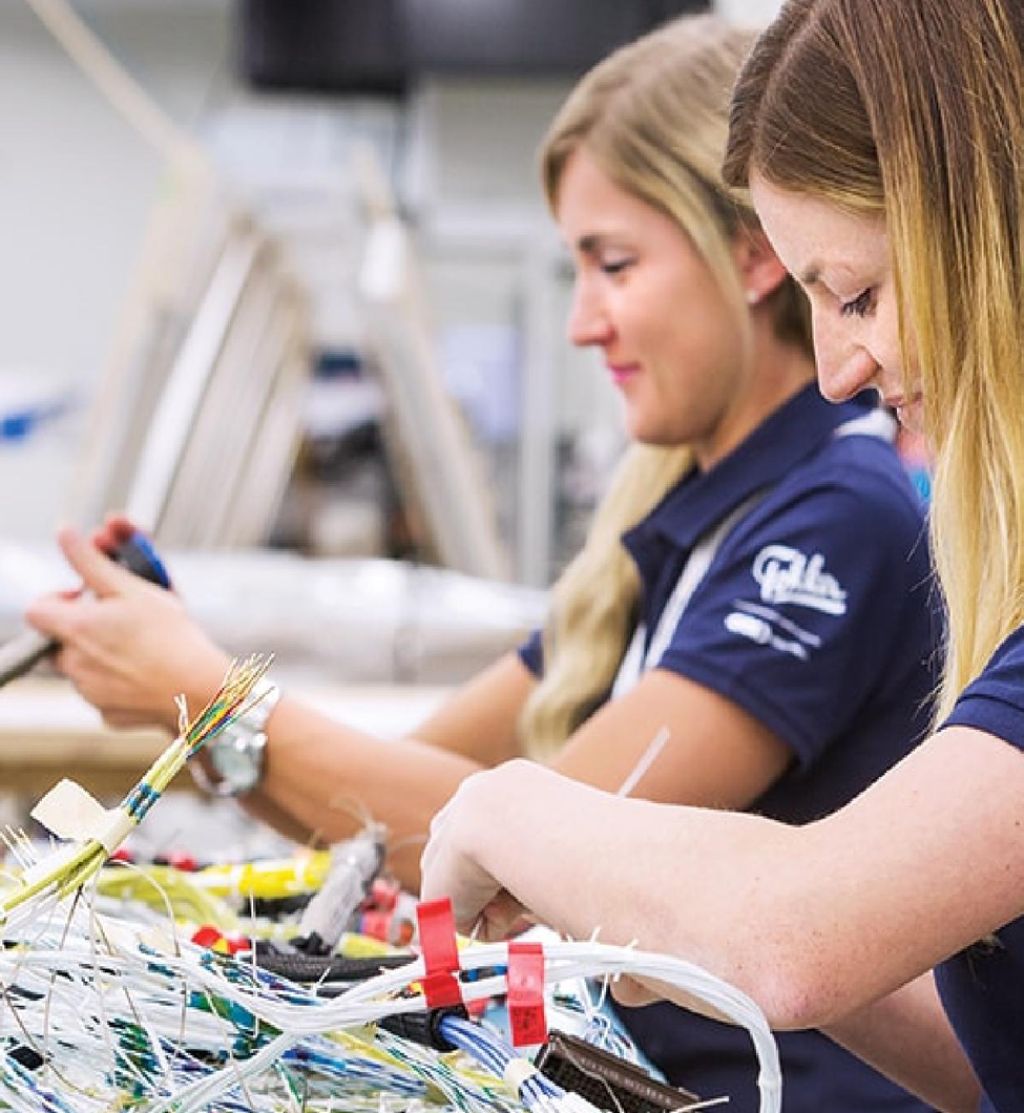
#3. A strong cultural fit
‘The Dutch are sometimes seen internationally as direct in their way of expressing themselves. Not everyone likes this, but at the same time, the Dutch are able to make a difference in companies like ours because of their independent way of thinking and their critical attitude to the status-quo. In this region, people are known for their extra dose of down-to-earthness and modesty. In the TopDutch region, you don’t need many words to get a message across. This makes it very enjoyable to work with TopDutch people.’
The labor market of the TopDutch region is not only attractive because of the level of education and the can-do mentality of the inhabitants. The scarcity of talent is also less of a problem here than in the rest of the Netherlands.
Mischa Baert, Site Director GKN Fokker Aerostructures Hoogeveen
#4. A wonderful living environment
‘There are increasingly more people making the conscious choice to relocate to the region. Many of them are looking for a better balance in life. The quality of living environment in the TopDutch region is very high. Here, talent can find a nice challenging job, combined with a good quality of life. The area is rich in forests, moors and nature reserves. At the same time, the connections in the region are good. Within 2 hours you can reach all the major cities of the Netherlands: Amsterdam, Rotterdam, The Hague and Groningen. German cities such as Bremen and Hamburg are also easily accessible. For our company, the airports of Bremen and Amsterdam are nearby, which is useful for our distribution.’
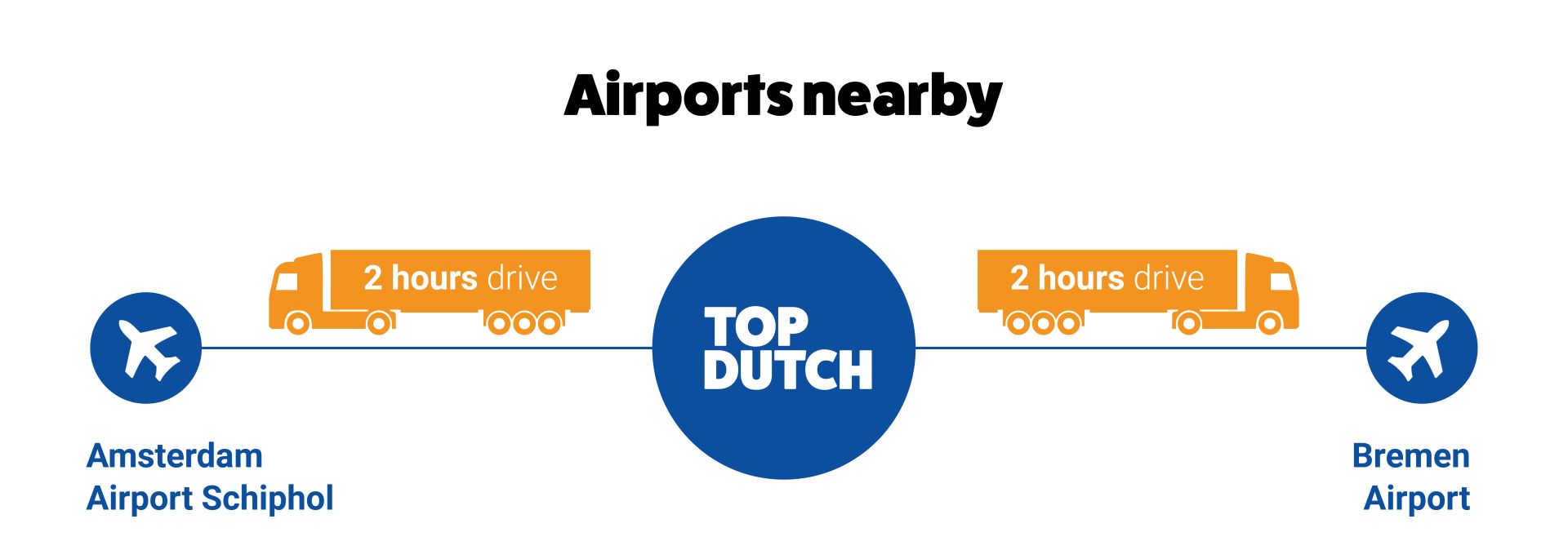
#5. Excellent relationship with governments
‘Our company has a good relationship with the government agencies in the region and the Netherlands. Because we operate in a region where it is slightly less densely populated, the lines of communication are shorter, which is useful when contact with the government is needed. Also nice: the government in the Netherlands is known across the globe as very reliable, and the bureaucracy is not so extreme that you constantly have to wait for permits. In the TopDutch region people think in possibilities rather than difficulties, in our experience.’
